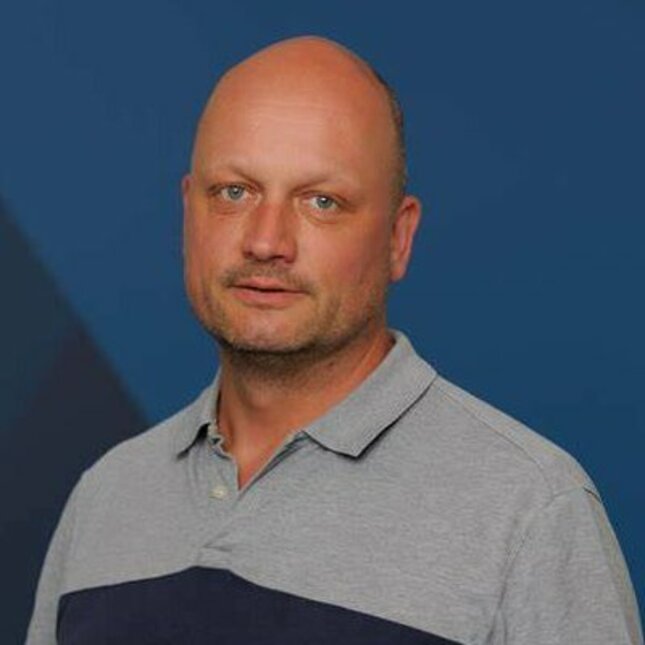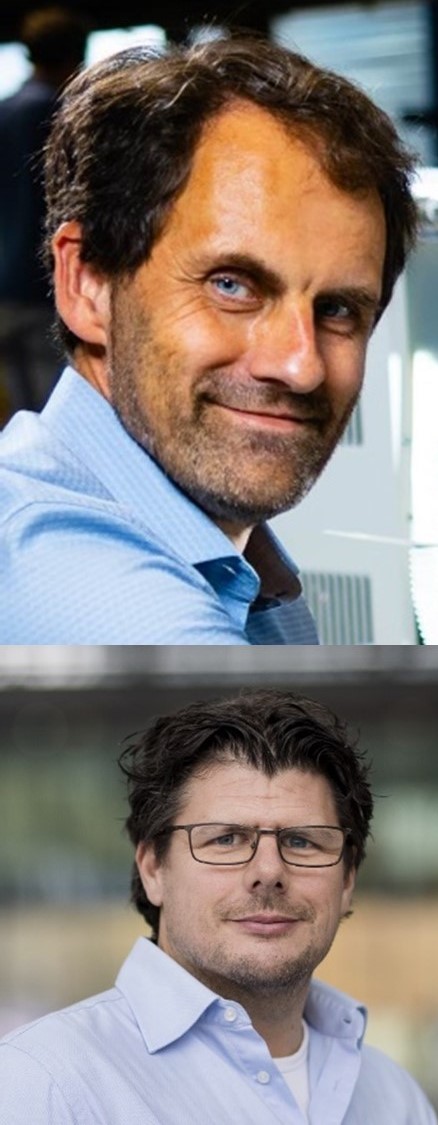ACCESS - a project full of pride and achievement
On February 1 this year the High Tech Systems Center co-organized a mini-symposium on Contamination Control together with VDL Enabling Technologies Group. Paul Blom, Senior System Engineer at VDL-ETG who introduced the purpose of the ACCESS project – to deepen our fundamental understanding of the generation, transport and removal of particle contamination – recalls how this project brought together lots of people, on the same subject, all working together as a team to get this result. “And,” Paul adds “having the opportunity to present the results in a very efficient way to a large audience and give the people who did the work the opportunity to show excellence.”

Overwhelming success
Kasper van den Broek, tribology expert and contamination control architect who presented the summary of the results of the project, notes that “when we started this project five years ago, we never imagined that the results would be so good. I mean, we started a project on contamination control, and for me it was quite overwhelming to see how much of it was completed successfully. Of course, we are not there yet, but we have a very good basis for further work. I expect that in five years, when we have completed the ACCESS-2 project, we will show even more great results.”
Virtuous learning cycle
“What I would like to add here,” Paul says, “is that I think part of the success of the project was that we had basically three levels of operation: the PhD students working on an academic level at the university, the engineering doctors who were translating the academic knowledge into prototypes, which are really close to the application, and students and master students being coached by us within VDL ETG to be even closer to the industry. So, these three levels enable the efficient translation from academic knowledge to something which can be really used in the industry. And, by implication, create the success of the ACCESS program. What we learn by building these prototypes for this application, the problems that occur from the practical point of view, can be fed back into the academic program. Bringing the academic world into contact with the industry teaches us where the gaps are and these gaps can then be filled again by academic work. A virtuous learning cycle.”

Virtuous learning cycle
“What I would like to add here,” Paul says, “is that I think part of the success of the project was that we had basically three levels of operation: the PhD students working on an academic level at the university, the engineering doctors who were translating the academic knowledge into prototypes, which are really close to the application, and students and master students being coached by us within VDL ETG to be even closer to the industry. So, these three levels enable the efficient translation from academic knowledge to something which can be really used in the industry. And, by implication, create the success of the ACCESS program. What we learn by building these prototypes for this application, the problems that occur from the practical point of view, can be fed back into the academic program. Bringing the academic world into contact with the industry teaches us where the gaps are and these gaps can then be filled again by academic work. A virtuous learning cycle.”
Transfer of knowledge
Job Beckers, who chaired part of the symposium and is Associate Professor at TU/e’s Applied Physics department and Principal Investigator at CIMlabs, underlined the quality of the research and of the symposium speakers. “Not only the speakers, but also all the supervisors and people from VDL ETG were clearly very proud of what we achieved together. And it was really cool to see the number of external attendees. A large audience consisting of people from TU/e and VDL could be expected, of course, but also ASML and many other companies sent representatives to have a look what we are doing. After the symposium, some even contacted Kasper to make compliments regarding our joint work. So, my praise to all involved in this work. I think we opened some eyes, and that’s very good. On the scientific front, I think we learned a lot and have nice results and output. What you often see is that if you collaborate with industry, then the research is application driven. But this symposium showed that the research is actually very fundamental. And considering that, it’s very nice to see that VDL likes what we are doing and is able to translate the acquired knowledge into applications. And this knowledge transfer works in opposite direction as well. While VDL works on new applications, we get fundamental questions back from them, triggering us to implement new ideas in our further research. So, I think it’s a perfect collaboration. If you were to write a book about collaboration, this program should be in as an example.”
Community building
At this point, Paul turns the focus to customers. “What I am trying to do right now is to interest the industry, our customers, in this type of research because what we see now is the possible emergence of a community around contamination control. That community is built basically by the university and ETG and it would be nice to find other partners to join that community so that
industry will participate in this work and finance part of the work through PhDs, for instance. Our aim would be to create an even bigger community and also a stronger link with industry. That creates power. I’m talking to customers and trying to make them enthusiastic.” Kasper adds, with a smile, that “someone from a VDL ETG customers’ research department thanked us for the symposium and all the impressive results and mentioned that he was somewhat jealous of what we achieved.”
Multidisciplinary
Given the multidisciplinary nature of the ACCESS project, all three underline the role played by the High Tech System Center. Job: “There is a lot of added value HTSC offers in terms of organizing a program like this in which different departments are working together, in this case applied physics, mechanical engineering and electrical engineering.” Paul adds that this is “rather unique. Instead of what you classically see at a university – everyone moving around within their own little kingdom – this project, thanks to the HTSC, forced the need for collaboration. And that’s the selling point of HTSC – creating an environment to work as a team on a multidisciplinary project, which requires the different departments of the university to work together. It was appreciated. Also, from the profiling point of view, VDL has become more visible to customers as a contamination control specialist, an expert in this field where we can really help our customers.”
Sniffing the real world
From the TU/e perspective, Job points out that “talking about this symposium, people tend to focus solely on the primary things we do – great research, funded by VDL after which VDL uses the knowledge gained to develop new applications, products and processes. This is important, of course. However, the impact is much larger than that, and has to do with our other key activity here at TU/e: educating talent for the future. Joint research projects such as these in which students can be involved are a great way to educate talent further and to let our students sniff around a little bit in the real world.” Paul is in full agreement about the positive two-way traffic. “For sure. I mean, quite often people who work in the ACCESS program have started working with ETG. I also coach quite a lot of students to work in the ETG way. Following the system engineering approach and basically the ETG processes, according to five phases: specification, design, realization, integration and validation. That’s how we work for customers. It makes the education real. And much closer to what is required in industry.”
